
The Power of a Coaching Culture
simply described by the Centre for Creative Leadership, the “coaching culture” applies a coaching mindset to the entire organization. It might mean shifting mindsets and unraveling some set practices to allow for more open interactions, and meaningful feedback. This could influence organisational transformation that leads to improved productivity, higher performance, and possibly greater revenue.
What Does a Coaching Culture look like?
In a best-case scenario, a coaching culture could possibly be one that:
- Empowers others to discover and reach their fullest potential;
- Asks questions more than giving answers;
- Provides ongoing feedback rather than only during annual reviews;
- Considers people above profits;
- Encourages learning, growth and even allows for failure;
- Focuses on mindset shifts.
In essence, a coaching culture involves engaging in conversations with your employees. Much research has testified that there is a deep connection between employee engagement and their performance. In other words, the more engaged an employee is, the more motivated he will be in his work. It is therefore worthwhile for leaders to consider creating a strong coaching culture that drives organisational wellbeing.
How to Create a Coaching Culture?
In their whitepaper, “How Developing a Coaching Culture Pays Off”, Dr. Jack Zenger and Dr. Joe Folkman identified some steps that we can consider when creating a coaching culture.
- Set Clear Expectations
Senior leaders need to set the tone and send a clear message regarding the importance of coaching as a key element in effective managerial behaviour. This expectation must be intentionally factored in meeting agendas and given enough time to convey. This signals to all employees that coaching will be implemented seriously by the organisation, and ought to be taken seriously by employees as well.
- Create a Process to Follow
To promote the coaching culture, this expectation must be made concrete and practical so that the broad population of managers know exactly what must be done. Addressing questions like what are they to do? What is the purpose? What are the desired outcomes? can be aided if a simple process has been created that everyone can easily understand and follow. It is found that the most successful coaching implementations invariably provide a structure and process that include helping the coach to identify the topic of successive coaching conversations. Tools that aid the process also include some mechanism by which the coach can gather ongoing feedback both ways.
- Provide Skill Training
Like any other skills, coaching has to be learned. It is also not a skill where one can attained just by watching another coach doing it. It is a skill that requires practice, which will enable competence and gain confidence. It is more practice that makes it more perfect each time when it is executed.
- Organise Systematically
Any change process in the culture must involve different parts of the organization and operate at all levels of the hierarchy. For a coaching culture to happen, it involves the entire workforce to see it as an integral part of interaction that happens between both the managers and the employees. It is a conversation that must happen both ways – the leaders and managers cascade the message, practice it in visible ways, and employees reciprocate this to achieve the same purpose.
- Monitor and Measure
To know if a coaching culture is successfully created, the tracking process needs to be in place. These measures will vary in different organizations; the key is to ensure that data can be collected from informal discussions with all managers and HR representatives as they interact with people.
Recent studies have shown that company culture is a top reason great candidates choose to work for a company; many workers even value culture over higher pay. The way we work is shifting, change is no longer an option; the younger generations of workforce are demanding this change.
When you create a coaching culture, you are also catalysing a change in your business to deliver a high performing environment that comes through a partnership of connected engagement, personal development, and committed support. Such is the power of a coaching culture that values people!

©Published by Lifeskills Institute Pte Ltd
Lifeskills Institute is the strategic partner of Zenger Folkman for Singapore and Malaysia. Our Chief Enabling Officer, Ian Tan is a Master Facilitator certified by Zenger Folkman.
Zenger Folkman is a strengths-based leadership development company helping leaders elevate their people and organisations. Co-founders Dr. Jack Zenger and Dr. Joe Folkman utilise empirical data and behavioural evidence to help leaders become extraordinary.











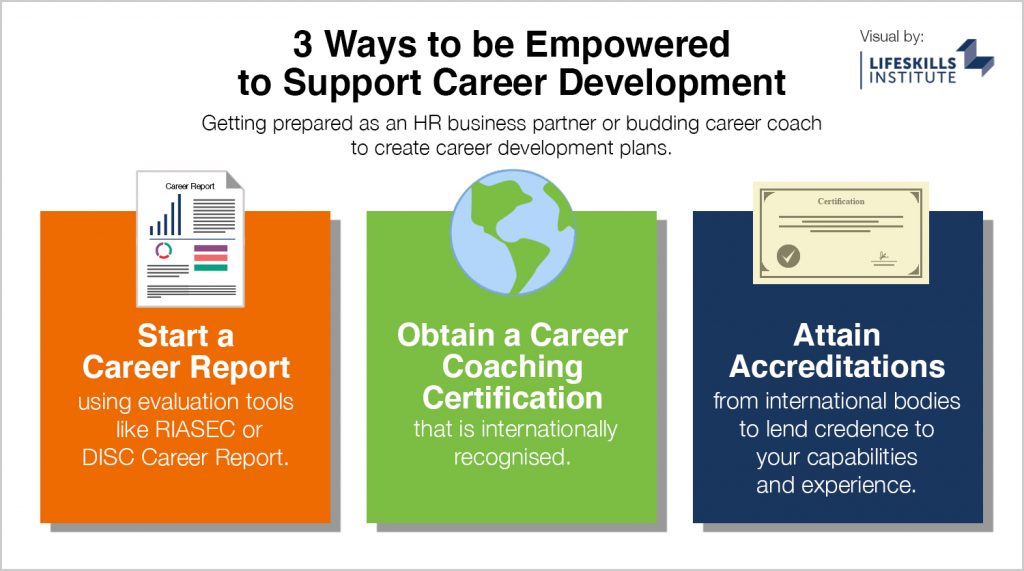

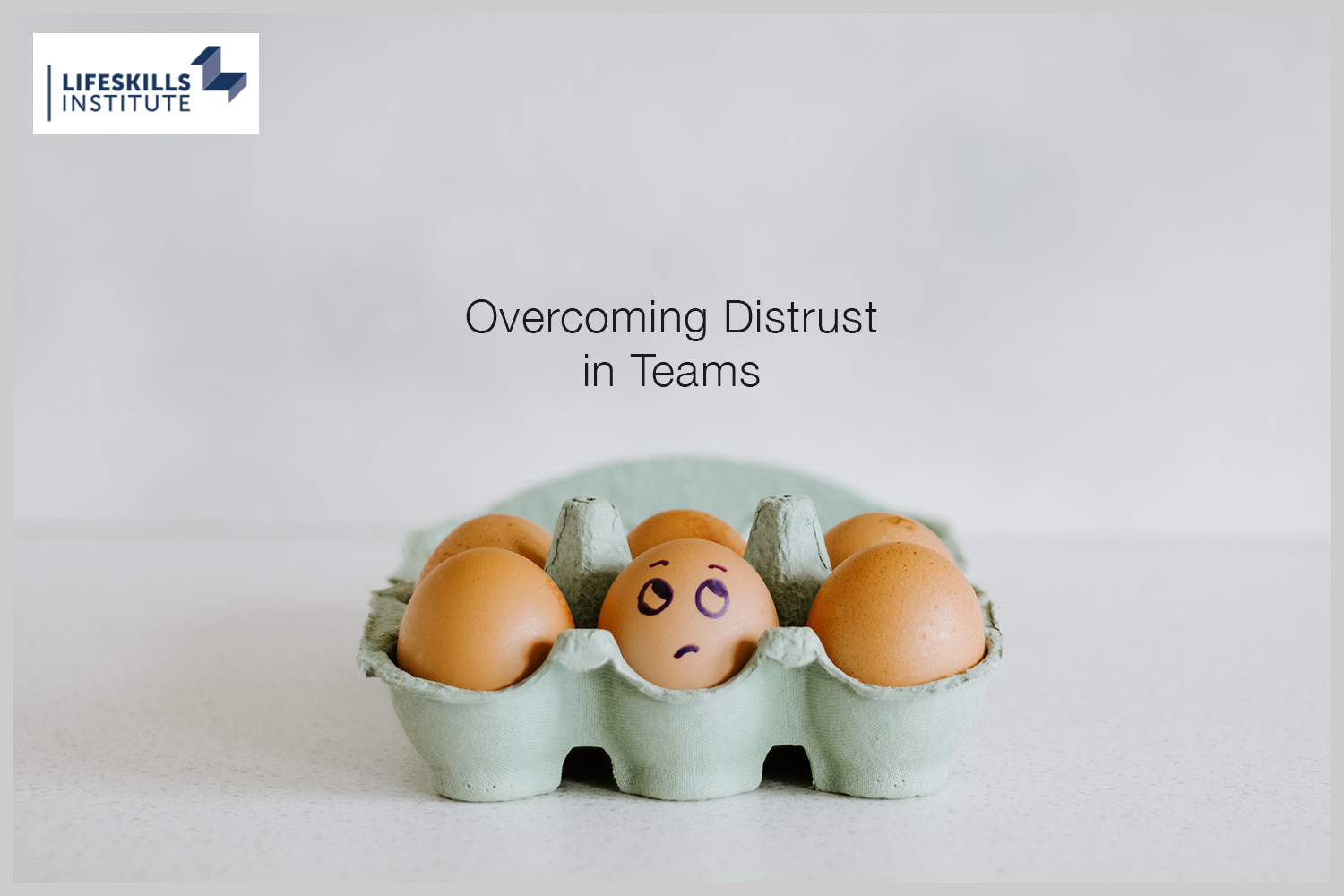





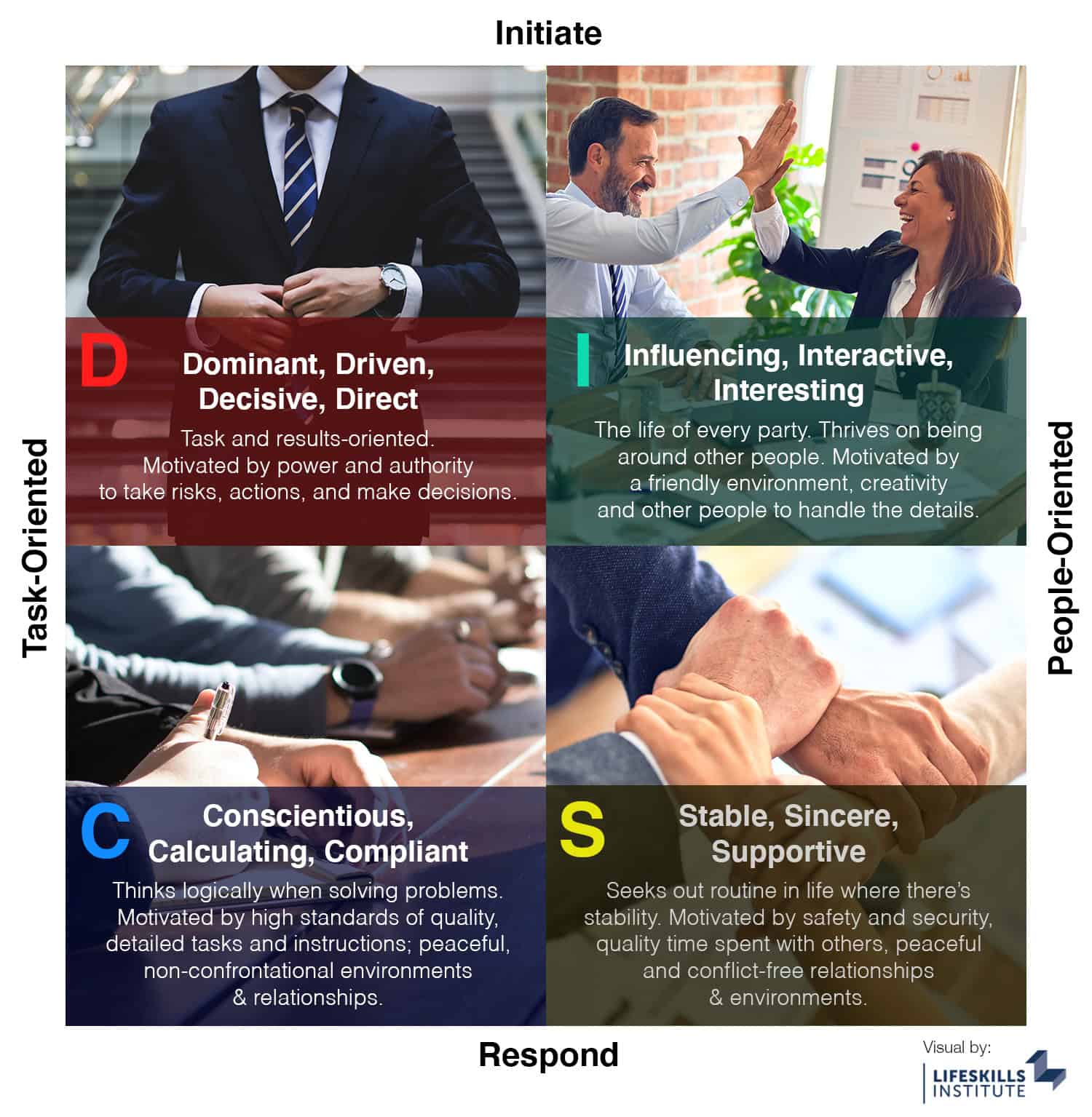
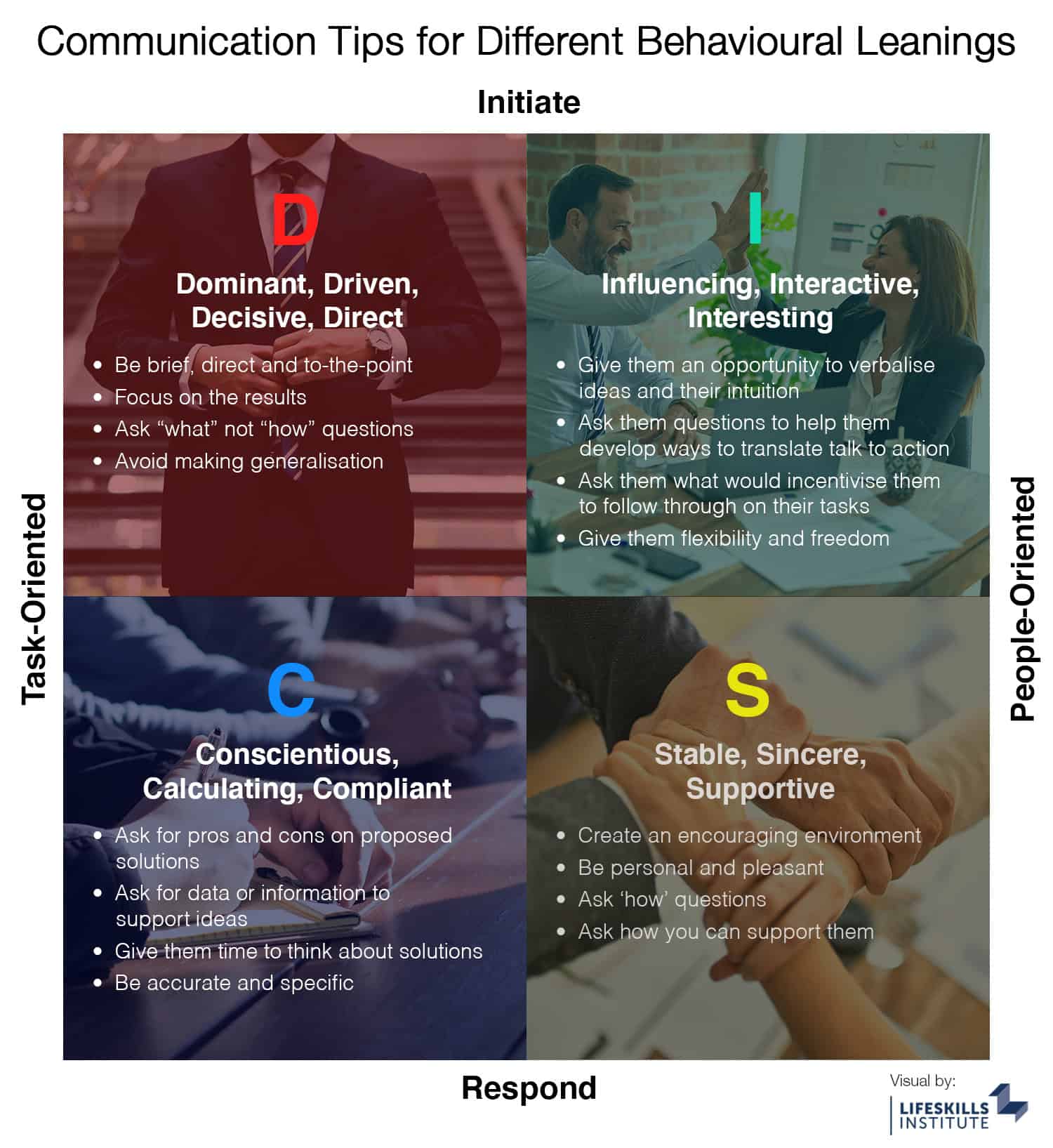
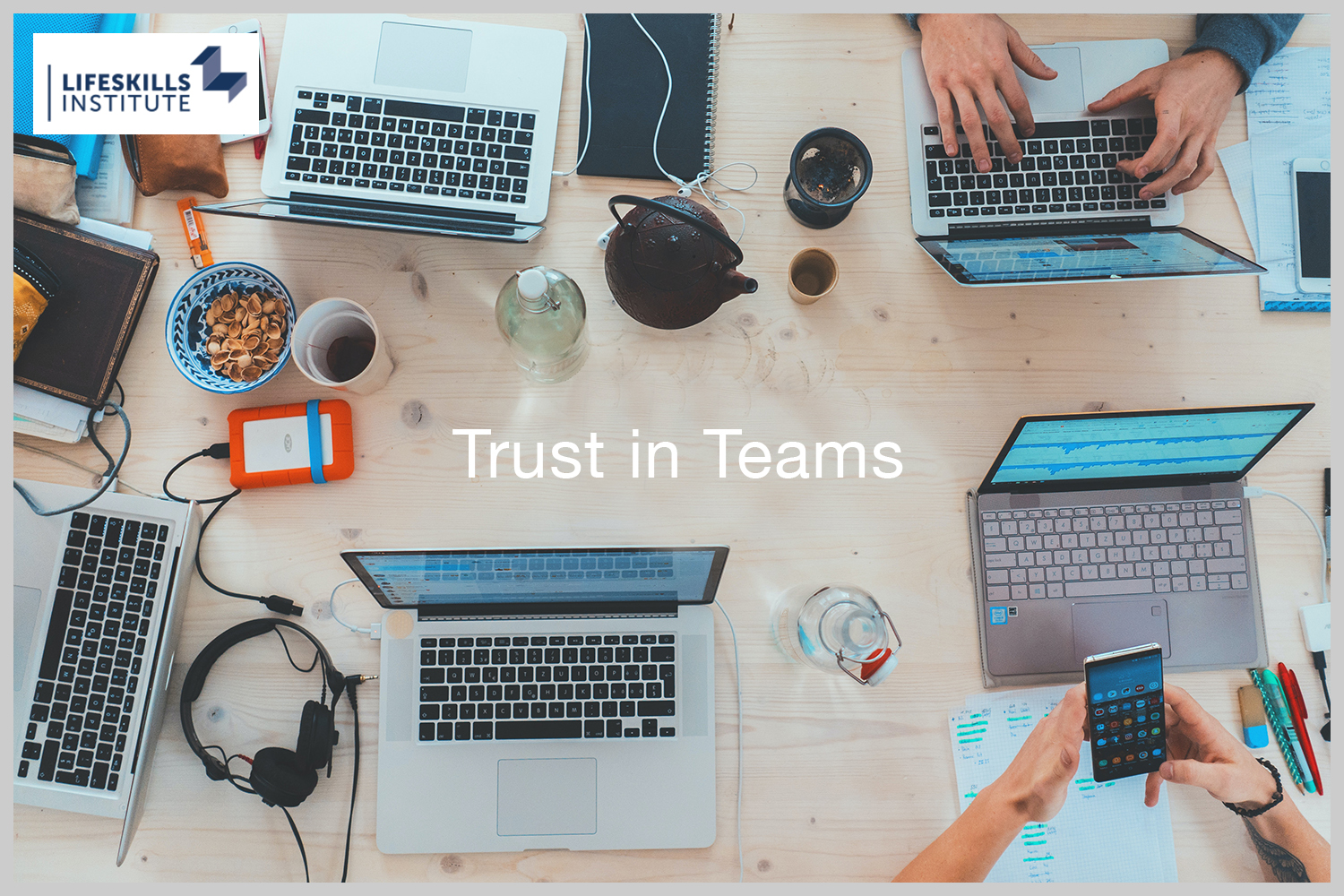

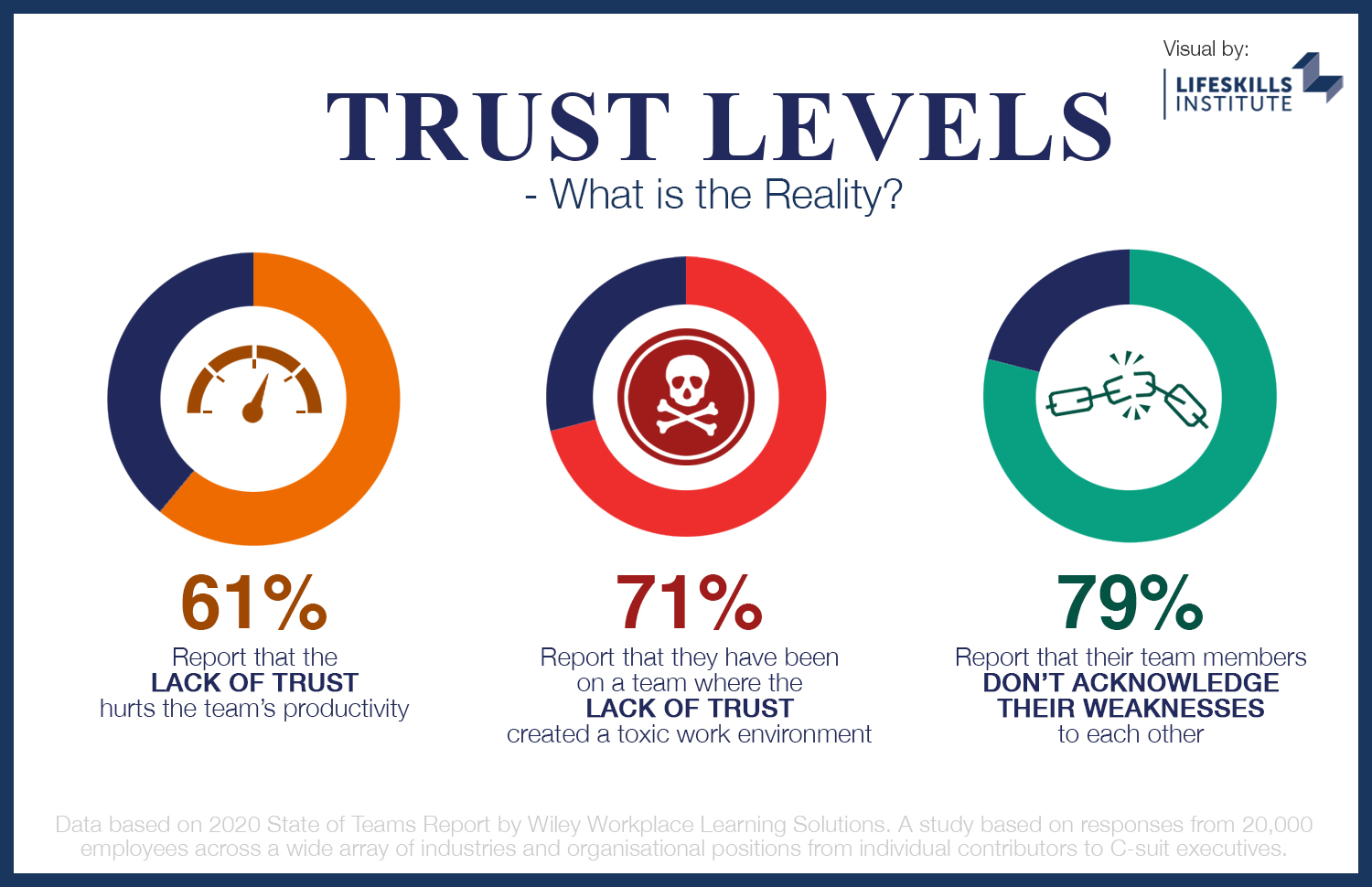













 Source: Pixabay
Source: Pixabay

 Source:Unsplash
Source:Unsplash